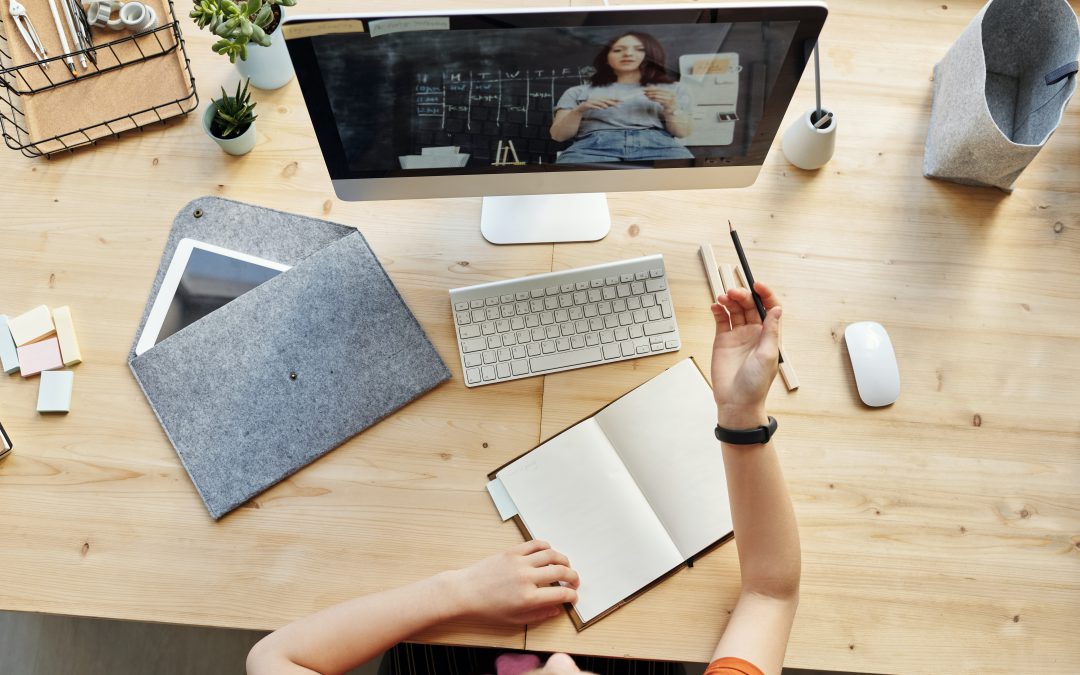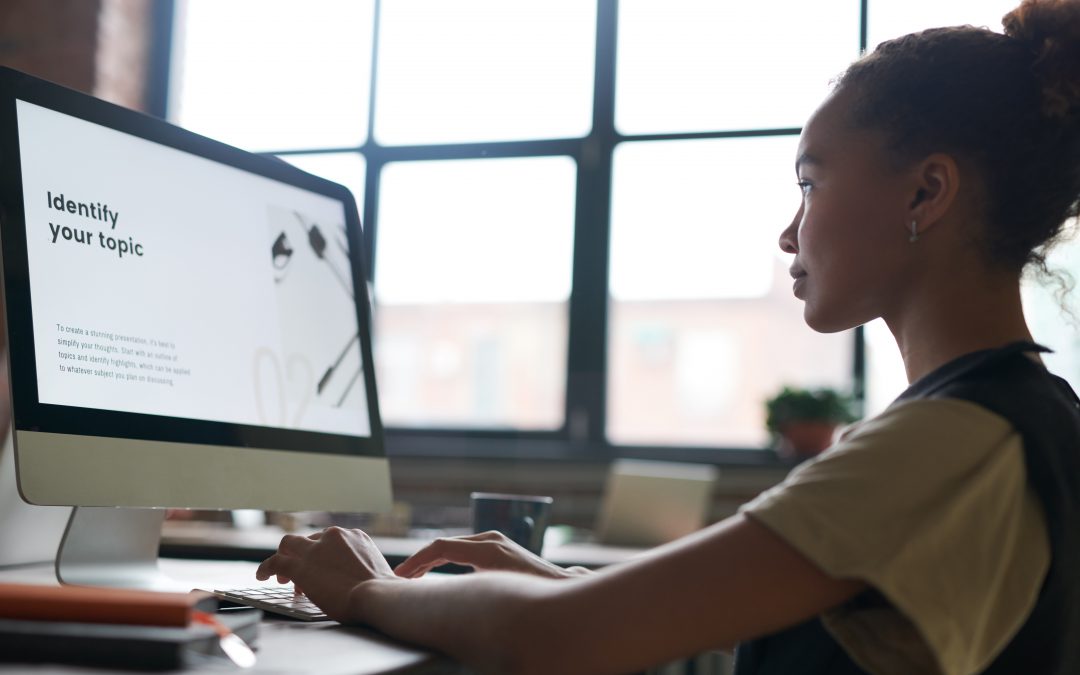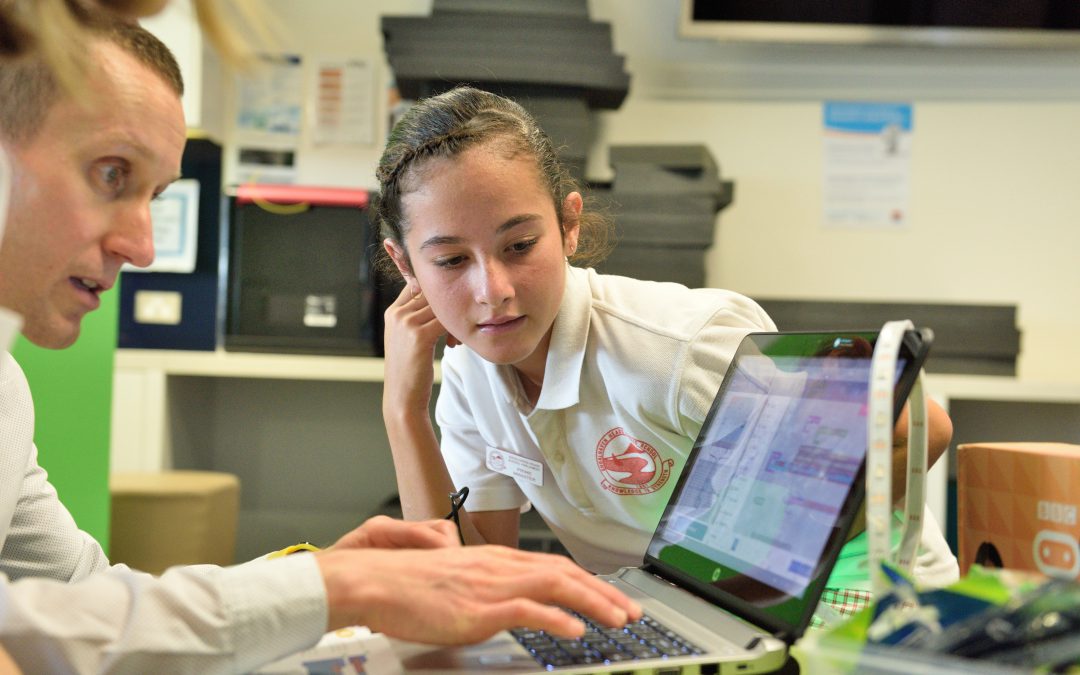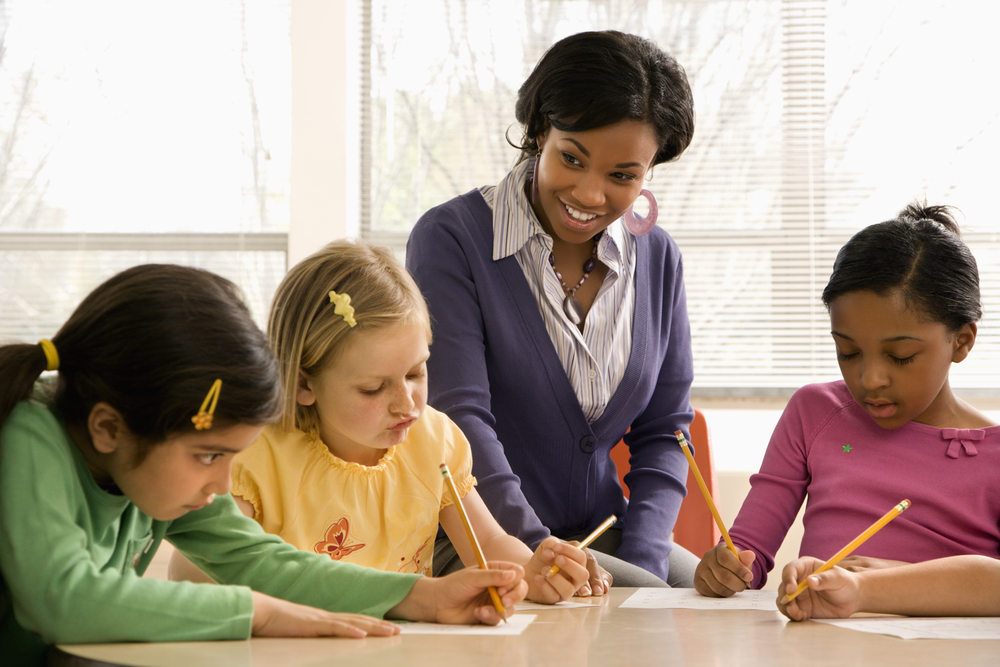
by Emma | Apr 16, 2020 | Blog, Cyberbullying, Digital Citizenship, Digital Safety, Distance Learning, Educational Technology, Online Dangers, Online etiquette, Online Learning, Parenting, Parents, Technology
Distance learning puts a lot of responsibility on the parent, and that goes farther than schoolwork. Homeschool parents have to go the extra mile to teach their children about internet safety. This can be especially beneficial since parents can monitor their children...

by Emma | Mar 9, 2020 | Administrators, Blog, Cyberbullying, Digital Citizenship, Digital Literacy, Digital Safety, Educational Technology, Internet Regulations, Learning and the Law, Online Dangers, Online Learning, School Safety, Technology
Advances in educational technology continue to provide countless new ways to learn. Yet with the internet comes content that is not appropriate for students. This is why the Children’s Internet Protection Act (CIPA) requires content filtering on school and library...

by Emma | Jan 6, 2020 | Apps, Blog, Digital Citizenship, Digital Literacy, Educational Technology, Interactive learning, Online etiquette, Online Learning, Pedagogy, School Safety, Teachers, Technology, Virtual Reality
Immersive learning through virtual reality. Digital lessons personalized for each student. Online games that teach important information while showing students that learning is fun. At the beginning of the 21rst century, these three things seemed like futuristic,...

by Emma | Dec 16, 2019 | Blog, Creative Learning, Cyberbullying, Digital Citizenship, Digital Literacy, Educational Technology, Lesson Planning, Social Media, Teachers, Technology
Social media might at first seem like a nightmare to some teachers. No matter how interesting the lesson, your students may still try to hide their phones under their desks and scroll through Instagram. Why not use social media to your (and your students’!)...

by Annika Bastian | Nov 4, 2019 | Bullying, Digital Citizenship, Digital Literacy, Digital Safety, Educational Technology, Learning and the Law, Lesson Planning, Pedagogy, School Safety, Social Learning, Teachers, Teaching Topics
An Acceptable Use Policy (AUP) clarifies proper technology and internet use for students, teachers, and parents. AUPs guide students’ technology use in the classroom. If done well, an AUP becomes a tool that teaches responsible internet use. The school or...







